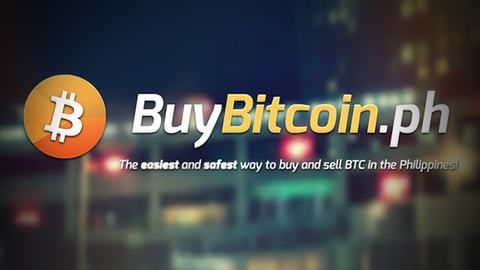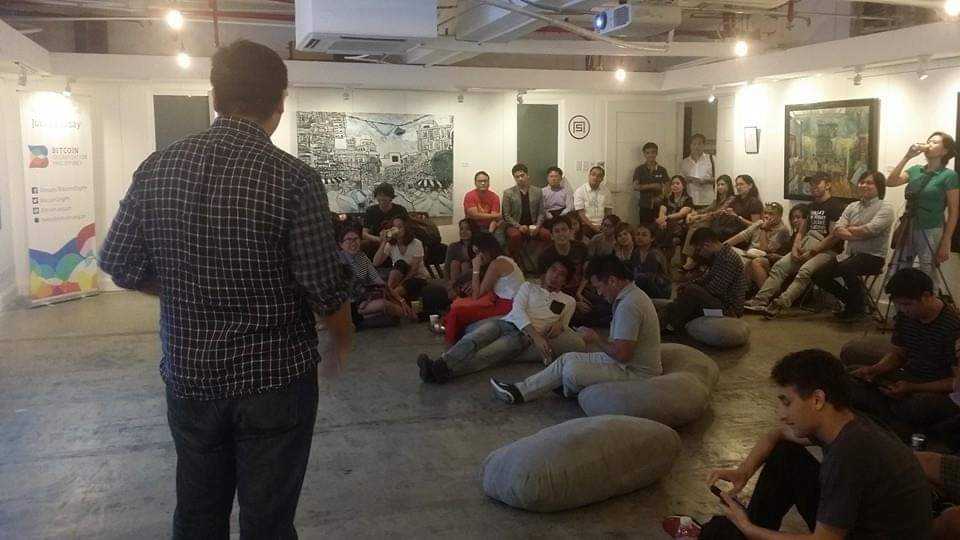It may surprise you to know that people have been building cryptocurrency businesses in the Philippines since 2013. But don’t worry if you hadn’t noticed. The tech industry’s most schizophrenic subsector has undergone more than a few confusing revamps and name changes over the years, and one could hardly be faulted for not bothering to keep updated. Allow me to illustrate.
The local industry circa 2013 was defined by a single project: Bitcoin. Although a few other cryptocurrencies did also exist (notably, XRP), Bitcoin accounted for over 90% of the entire market. As such, all the initiatives from that era – everything from the monthly meetups to the industry associations to the startup businesses – included some variation of the word “Bitcoin” in their names. These included the “Bitcoin Association of the Philippines,” the retail website “BuyBitcoin.ph,” the remittance platform “Rebit,” and of course, one of the few surviving brands from that era: “Coins.ph.”

2015 would see the launch of Ethereum, which was notable not only because it expanded on Bitcoin’s decentralized ideologies, but because it was itself a platform for rapidly launching other cryptocurrencies. Ethereum wrote the playbook for the rest of the industry. Now, a blockchain protocol was expected to foster an internal ecosystem of tokens and services, similar to how every large mall in the Philippines is expected to have its own chapel, clinic, and daycare.
By 2016, the business sector was starting to take notice. They quickly realized that Bitcoin, with all its libertarian aspirations, was not compatible with the needs of formal enterprise. And so, the “Blockchain, not Bitcoin” strategy was born, with corporations across the region excitedly piloting their progressive new business models like teenagers experimenting with body-piercing for the first time.
With new PR angles came new naming conventions, and people breathlessly adjusted their Linkedin profiles to reflect their new roles as “crypto advisors” or “blockchain experts.” The local industry reorganized itself around a new “Blockchain Association of the Philippines” as well as a “Distributed Ledger Technology Association of the Philippines.” Popular community venues in Makati and Ortigas were christened “BlockchainSpace” and “Global Crypto Hub.”
By 2019, the nomenclature would shift once more, this time to reflect the new ambitions shaped by NFTs, games, and virtual reality worlds. The industry now rebranded itself to “Web3,” which was a far more general term that could encompass many other technologies. The term is as flexible as it is ambiguous; it only really makes sense if you happened to know that the social network era (2005 onwards) was referred to as “Web 2.0.”

Web3’s biggest distinction was that blockchains made asset ownership possible without involving a centralized authority. This shifted the power away from brand owners and over to the community of users. Those users could share in the ownership and commercial success of a given Web3 brand, which in turn transformed them into passionate part-time promoters. Suddenly, marketing, public relations, and even strategic directions were being directly influenced by the users themselves. This made community-oriented efforts particularly critical, and new titles like “community growth specialist” became increasingly prevalent on the job boards.
And then there were the “guilds,” a label used since the 90’s to describe large organizations of gamers. Web3 gaming guilds were emblematic of the 2021-2022 era, with large-scale examples like Yield Guild Games (YGG) arising on the strength of singular games like Axie Infinity. In late 2022, the guild hosted the first “Philippine Web3 Festival,” which would be succeeded by the “YGG Web3 Games Summit” this November.
The whiplash-inducing changes in crypto through the years are symptomatic of an industry with seemingly limitless potential. From “bitcoin” in 2013 to “crypto” in 2016 to “web3” in 2020, we are beginning to acknowledge that the potential of blockchain technology can be as far-reaching as our imaginations.
All that’s left, really, is to figure out how to make it all real.

